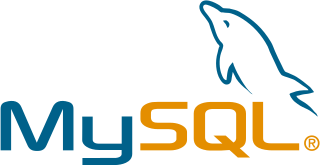
Overview
This course is designed to provide the skills needed to create and alter a MySQL database and query and modify data held within such a database.
It covers the basics of the SQL language as implemented by MySQL. The course is designed to give delegates practical experience in writing SQL statements using the MySQL client program and MySQL Query Browser. The basic SQL statements,including the use of SQL functions and the basic table and view handling statements are introduced.
The delegates will practise:
Using client programs to access a MySQL database
Creating, altering and dropping a MySQL database
Writing SQL statements to select data from a MySQL database
Writing joins and subqueries
Using SQL expressions
Using SQL aggregate functions and scalar functions
Inserting, updating, deleting and replacing rows,
Creating and altering tables, indexes and views
Using transactions
Granting and revoking access privileges on tables and views
Exporting and importing data
Prerequisites
There are no formal pre-requisites, although an understanding of databases and exposure to information technology in general would be useful.
We can arrange your own private MySQL course.
Have us build a custom private course tailored to your needs.
If you are looking to training a group of people private courses can be very cost effective.
Unlimited post course email support on the course topics.
Very good introduction. Well paced and suited a range of experience levels.
This has been by far one of the most useful and well planned/executed training courses I have ever attended. For this to have been achieved remotely just adds to how impressive it was managed.
Really enjoyable and relevant, Stuart was brilliant!
Very good at tailoring the course to my needs. Very individual and attentive.
The trainer was an excellent tutor. He did check all of the group was able to keep up and if there were any problems or questions of the attendants, he was always willing to help.
The trainer was an amazing lecturer and the vba course was very usefull and well structured. Thank you.